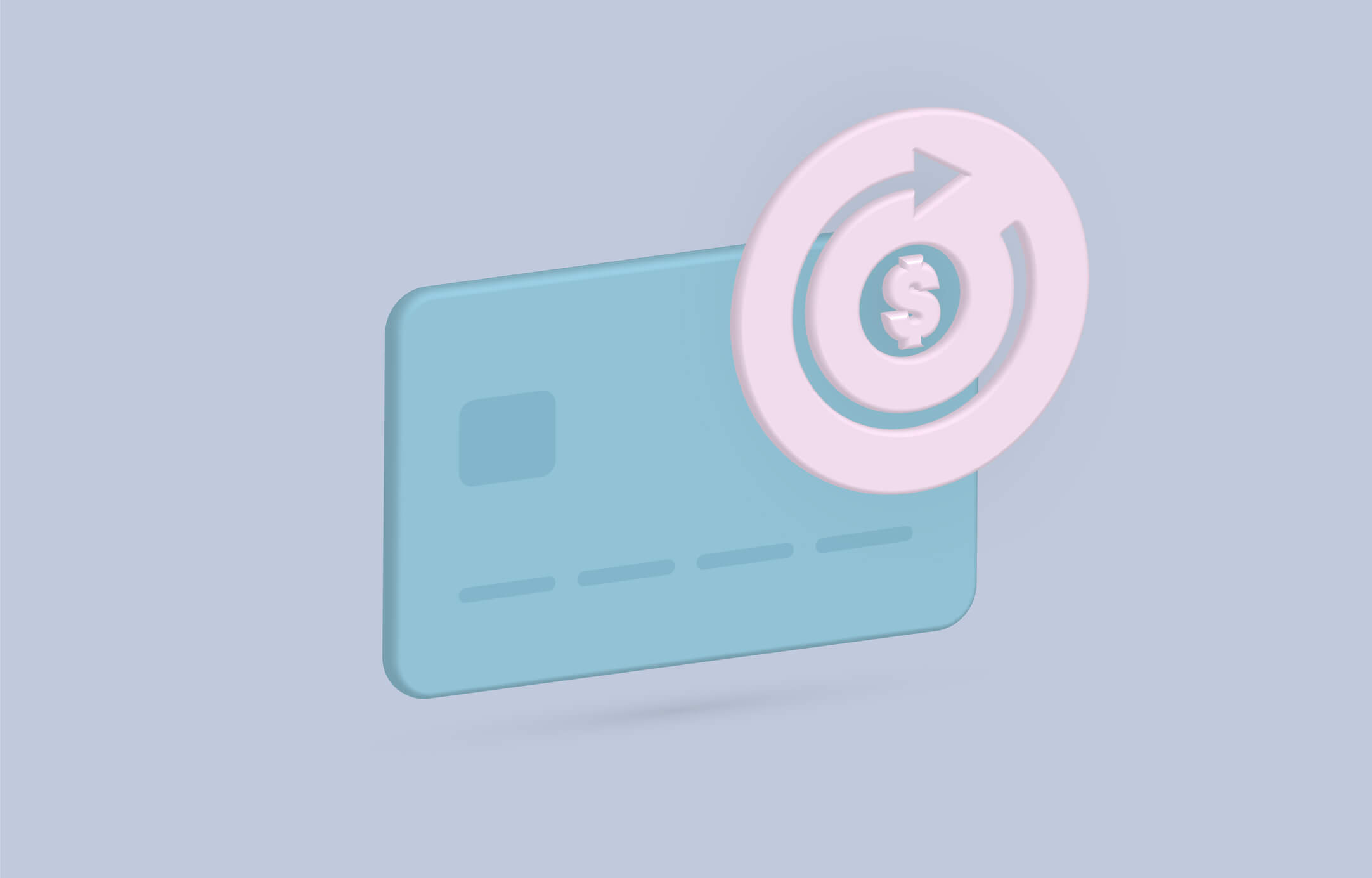Subscription Billing in the Cloud
Subscription billing in the cloud has revolutionized the way businesses manage recurring payments and subscription services. With the advent of cloud solutions, companies can automate their billing processes, streamline operations, and maximize revenue. However, there are also challenges and considerations that come with implementing subscription billing in the cloud. In this article, we will explore the benefits, challenges, best practices, and future trends of subscription billing in the cloud, providing valuable insights for businesses looking to optimize their billing systems.
Automating Recurring Payments with Cloud Solutions

One of the key advantages of subscription billing in the cloud is the ability to automate recurring payments. Cloud-based billing solutions offer businesses the convenience of automatically charging customers on a regular basis, eliminating the need for manual invoicing and payment processing. This automation not only saves time and resources but also reduces the risk of human error.
By leveraging cloud solutions, businesses can set up recurring payment schedules, send automated payment reminders, and process payments seamlessly. This ensures a smooth and hassle-free experience for both the business and its customers. Additionally, cloud-based billing systems often integrate with popular payment gateways, allowing businesses to accept a wide range of payment methods and currencies.
Managing Subscription Services in the Payment Cloud
Subscription services have become increasingly popular across various industries, from software-as-a-service (SaaS) to media streaming platforms. Managing these subscriptions efficiently is crucial for businesses to maintain customer satisfaction and retention. Cloud-based subscription management systems provide businesses with the tools to effectively manage their subscription services.
With cloud solutions, businesses can easily create and manage subscription plans, set pricing tiers, and offer flexible billing options. These systems also enable businesses to track customer usage, upgrade or downgrade subscriptions, and handle cancellations seamlessly. By centralizing subscription management in the cloud, businesses can gain a holistic view of their customer base and make data-driven decisions to optimize their offerings.
Benefits of Subscription Billing in the Cloud

Implementing subscription billing in the cloud offers numerous benefits for businesses. Firstly, it provides scalability and flexibility, allowing businesses to easily scale their operations as they grow. Cloud-based billing systems can handle high volumes of transactions and accommodate changes in pricing, plans, and customer base without disrupting the billing process.
Furthermore, subscription billing in the cloud enhances customer experience. With automated billing and self-service portals, customers can easily manage their subscriptions, update payment information, and access invoices. This convenience improves customer satisfaction and reduces customer churn.
Cloud-based billing systems also provide businesses with real-time visibility into their financials. With comprehensive reporting and analytics capabilities, businesses can gain insights into revenue trends, customer behavior, and subscription metrics. This data-driven approach enables businesses to make informed decisions, optimize pricing strategies, and identify opportunities for growth.
Challenges of Subscription Billing in the Cloud
While subscription billing in the cloud offers numerous benefits, there are also challenges that businesses need to consider. One of the main challenges is ensuring data security. Cloud-based billing systems handle sensitive customer information, including payment details, and it is crucial to implement robust security measures to protect this data from unauthorized access or breaches.
Businesses must also consider the potential for service disruptions or downtime when relying on cloud solutions. While cloud providers typically offer high availability and redundancy, there is still a risk of technical issues that could impact the billing process. It is important for businesses to have contingency plans in place and choose reliable cloud providers to minimize the risk of disruptions.
Another challenge is the complexity of integrating subscription billing with other cloud-based systems. Many businesses rely on multiple cloud solutions for different aspects of their operations, such as customer relationship management (CRM) or accounting. Integrating these systems seamlessly can be a complex task, requiring careful planning and coordination to ensure data consistency and accuracy.
Best Practices for Implementing Subscription Billing in the Cloud
To successfully implement subscription billing in the cloud, businesses should follow best practices to optimize their billing processes. Firstly, it is important to thoroughly evaluate and choose the right subscription billing solution for your business. Consider factors such as scalability, flexibility, integration capabilities, and security features. Engage with vendors, request demos, and gather feedback from existing customers to make an informed decision.
Once a subscription billing solution is selected, businesses should invest time in setting up their billing system correctly. This includes defining pricing structures, creating subscription plans, and configuring billing cycles. It is crucial to align the billing system with the business’s pricing strategy and ensure that it can accommodate future changes or updates.
Integrating subscription billing with other cloud-based systems is another critical aspect. Businesses should carefully plan the integration process, ensuring that data flows seamlessly between systems and that there are no discrepancies or data inconsistencies. This may require working closely with IT teams or engaging with third-party integration specialists.
Data security should be a top priority when implementing subscription billing in the cloud. Businesses should implement robust security measures, such as encryption, access controls, and regular security audits. It is also important to comply with relevant data protection regulations, such as the General Data Protection Regulation (GDPR) in the European Union.
Choosing the Right Subscription Billing Solution for Your Business
Selecting the right subscription billing solution is crucial for businesses looking to optimize their billing processes. There are several factors to consider when evaluating different solutions. Firstly, scalability is essential, especially for businesses with plans for growth. The chosen solution should be able to handle increasing transaction volumes and accommodate changes in pricing, plans, and customer base.
Flexibility is another important factor to consider. Businesses should look for a solution that allows them to easily configure pricing tiers, discounts, and billing cycles to meet their specific needs. The ability to offer flexible billing options, such as annual or monthly subscriptions, is also beneficial for businesses with diverse customer preferences.
Integration capabilities are crucial when choosing a subscription billing solution. Businesses should ensure that the solution can seamlessly integrate with other cloud-based systems, such as CRM or accounting software. This integration enables data consistency and eliminates the need for manual data entry or reconciliation.
Data security should be a top priority when evaluating subscription billing solutions. Businesses should assess the security features offered by the solution, such as encryption, access controls, and regular security audits. It is also important to consider the vendor’s reputation and track record in data security.
Lastly, businesses should consider the level of customer support provided by the subscription billing solution vendor. A responsive and knowledgeable support team can greatly assist businesses in resolving any issues or challenges that may arise during the implementation or ongoing usage of the solution.
Integrating Subscription Billing with Other Cloud-based Systems
Many businesses rely on multiple cloud-based systems to manage different aspects of their operations. Integrating subscription billing with these systems is crucial for ensuring data consistency and streamlining processes. There are several key integration points to consider when integrating subscription billing with other cloud-based systems.
Firstly, integrating with a CRM system is essential for businesses to have a holistic view of their customers. By integrating subscription billing with CRM, businesses can track customer interactions, manage customer profiles, and gain insights into customer behavior. This integration enables businesses to personalize their offerings, improve customer satisfaction, and drive revenue growth.
Integrating subscription billing with accounting software is also important for businesses to streamline their financial processes. By automating the transfer of billing data to the accounting system, businesses can eliminate manual data entry and reduce the risk of errors. This integration ensures accurate financial reporting and enables businesses to have real-time visibility into their financials.
Another important integration point is with customer support systems. By integrating subscription billing with customer support systems, businesses can provide seamless support to their customers. This integration enables support agents to access customer billing information, handle billing-related inquiries, and resolve issues efficiently. It also improves customer satisfaction by providing a unified support experience.
Ensuring Data Security in Subscription Billing in the Cloud
Data security is a critical consideration when implementing subscription billing in the cloud. Cloud-based billing systems handle sensitive customer information, including payment details, and it is crucial to implement robust security measures to protect this data from unauthorized access or breaches.
One of the key security measures is encryption. Businesses should ensure that data is encrypted both in transit and at rest. This means that data should be encrypted when it is being transmitted over the internet and when it is stored in the cloud. Encryption ensures that even if data is intercepted or accessed without authorization, it remains unreadable and unusable.
Access controls are another important security measure. Businesses should implement strong authentication mechanisms, such as multi-factor authentication, to ensure that only authorized individuals can access the billing system. Role-based access controls should be implemented to restrict access to sensitive data and functionalities based on user roles and responsibilities.
Regular security audits and vulnerability assessments are crucial to identify and address any potential security vulnerabilities. Businesses should engage with third-party security experts to conduct regular audits and penetration testing to identify any weaknesses in their billing system. This proactive approach helps businesses stay ahead of potential security threats and ensures that their billing system remains secure.
Compliance with data protection regulations is also essential. Businesses should ensure that their subscription billing system complies with relevant regulations, such as the General Data Protection Regulation (GDPR) in the European Union. This includes obtaining appropriate consent from customers, implementing data retention policies, and providing customers with the ability to access and delete their personal data.
Maximizing Revenue with Subscription Billing in the Cloud
Subscription billing in the cloud offers businesses the opportunity to maximize revenue through various strategies and techniques. By leveraging the capabilities of cloud-based billing systems, businesses can optimize their pricing strategies, improve customer retention, and drive revenue growth.
One effective strategy is to offer tiered pricing plans. By offering different pricing tiers with varying features and benefits, businesses can cater to different customer segments and capture a wider market. This allows businesses to upsell or cross-sell additional features or services to customers, increasing their average revenue per user.
Another strategy is to offer flexible billing options. By providing customers with the choice of monthly or annual subscriptions, businesses can cater to different customer preferences and increase customer satisfaction. Annual subscriptions often come with discounts or incentives, encouraging customers to commit to a longer-term subscription and providing businesses with predictable revenue streams.
Implementing effective pricing experiments and A/B testing is another way to maximize revenue. By testing different pricing strategies, businesses can identify the optimal price points that maximize revenue while maintaining customer satisfaction. This data-driven approach enables businesses to make informed decisions and continuously optimize their pricing strategies.
Analyzing Subscription Metrics and Analytics in the Cloud
Cloud-based billing systems provide businesses with comprehensive reporting and analytics capabilities, enabling them to gain insights into subscription metrics and make data-driven decisions. By analyzing subscription metrics and analytics, businesses can identify trends, measure performance, and optimize their subscription offerings.
One key metric to analyze is customer churn rate. By tracking the number of customers who cancel their subscriptions, businesses can identify potential issues or areas for improvement. High churn rates may indicate dissatisfaction with the product or service, pricing concerns, or competition. By addressing these issues, businesses can reduce churn and improve customer retention.
Another important metric is customer lifetime value (CLV). CLV measures the total revenue a customer generates over their entire relationship with the business. By analyzing CLV, businesses can identify their most valuable customers and tailor their offerings or marketing strategies to maximize revenue from these customers. CLV analysis also helps businesses identify opportunities for upselling or cross-selling.
Subscription renewal rate is another metric to analyze. By tracking the percentage of customers who renew their subscriptions, businesses can measure the effectiveness of their retention strategies. Low renewal rates may indicate issues with the product or service, pricing concerns, or lack of customer engagement. By addressing these issues, businesses can improve renewal rates and drive revenue growth.
Future Trends in Subscription Billing in the Cloud
Subscription billing in the cloud is continuously evolving, driven by technological advancements and changing customer expectations. Several future trends are expected to shape the landscape of subscription billing in the cloud.
One trend is the increasing adoption of usage-based billing models. Instead of fixed monthly or annual subscriptions, businesses are exploring the option of charging customers based on their actual usage of the product or service. This provides customers with more flexibility and aligns the cost with the value they receive. Cloud-based billing systems are well-suited to handle usage-based billing, as they can track and process usage data in real-time.
Another trend is the integration of artificial intelligence (AI) and machine learning (ML) in subscription billing. AI and ML technologies can analyze vast amounts of data and provide businesses with valuable insights and recommendations. For example, AI-powered algorithms can analyze customer behavior and preferences to personalize pricing or recommend additional services. This enhances the customer experience and drives revenue growth.
The rise of the Internet of Things (IoT) is also expected to impact subscription billing in the cloud. With the proliferation of connected devices, businesses can offer subscription-based services that are tied to these devices. For example, a smart home security system could be offered as a subscription service, with customers paying a monthly fee for access to the system and ongoing support. Cloud-based billing systems can handle the complexities of IoT billing, such as tracking device usage and managing multiple subscriptions.
FAQs
Q.1 : How does the subscription model impact customer acquisition costs?
Answer: The subscription model can potentially lower customer acquisition costs over time through increased customer lifetime value and retention rates. However, businesses may need to invest in marketing and promotional activities to attract subscribers initially.
Q.2 : What is subscription billing in the cloud?
Answer: Subscription billing in the cloud refers to the process of managing recurring payments for services or products over the internet using cloud-based software. This method automates the billing cycle, from invoice generation to payment processing, providing businesses with a scalable and flexible solution for managing subscriptions.
Q.3 : How does subscription billing in the cloud improve customer experience?
Answer: It enhances customer experience by providing automated billing, self-service portals for managing subscriptions, and flexible payment options. This convenience leads to higher customer satisfaction and reduces churn by making it easier for customers to maintain their subscriptions.
Q.4 : What are the main challenges of implementing subscription billing in the cloud?
Answer: Key challenges include ensuring data security, managing potential service disruptions or downtime, and integrating the billing system with other cloud-based operations platforms like CRM or accounting software. Addressing these challenges requires careful planning and investment in reliable cloud solutions.
Q.5 : Can subscription billing in the cloud help with customer retention?
Answer: Yes, by offering tiered pricing plans, flexible billing options, and personalized services based on customer behavior analysis, businesses can improve customer retention. These strategies cater to different customer needs and preferences, encouraging longer-term commitments.
Conclusion
Subscription billing in the cloud has transformed the way businesses manage recurring payments and subscription services. By automating recurring payments, businesses can streamline operations, improve customer experience, and maximize revenue. However, there are challenges and considerations that come with implementing subscription billing in the cloud, such as data security and integration with other cloud-based systems.
By following best practices and choosing the right subscription billing solution, businesses can optimize their billing processes and drive growth. With the continuous evolution of cloud technology and changing customer expectations, businesses should stay informed about future trends in subscription billing to stay ahead of the competition and deliver exceptional customer experiences.










